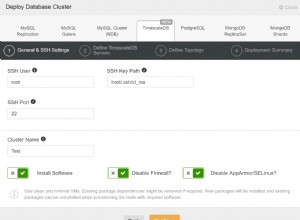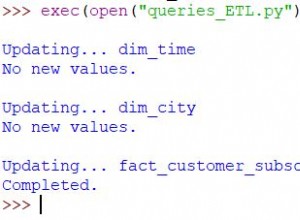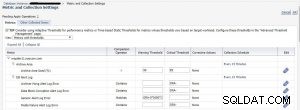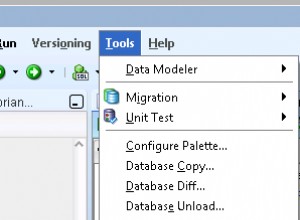Po pierwsze, popraw model tak, aby kolekcje miały nazwy w liczbie mnogiej, a obiekty miały pojedynczą, w przeciwnym razie Twój kod będzie bardzo zagmatwany:
building.cs
public List<Battery> Batteries { get; set; }
battery.cs
public long BuildingId { get; set; }
public Building Building { get; set; }
public List<Column> Columns { get; set; }
column.cs
public long BatteryId { get; set; }
public Battery Battery { get; set; }
public List<Elevator> Elevators { get; set; }
elevator.cs
public long ColumnId { get; set; }
public Column Columns { get; set; }
Teraz dodajmy więcej właściwości do modelu, aby mógł nam powiedzieć o interwencjach:
building.cs
public List<Battery> Batteries { get; set; }
[NotMapped]
public bool IsInIntervention => this.Status == "Intervention" || Batteries.Any(b => b.IsInIntervention);
battery.cs
public long BuildingId { get; set; }
public Building Building { get; set; }
public List<Column> Columns { get; set; }
[NotMapped]
public bool IsInIntervention => this.Status == "Intervention" || Columns.Any(c => c.IsInIntervention);
column.cs
public long BatteryId { get; set; }
public Battery Battery { get; set; }
public List<Elevator> Elevators { get; set; }
[NotMapped]
public bool IsInIntervention => this.Status == "Intervention" || Elevators.Any(e => e.IsInIntervention);
elevator.cs
public long ColumnId { get; set; }
public Column Column { get; set; }
[NotMapped]
public bool IsInIntervention => this.Status == "Intervention";
Teraz możesz po prostu zapytać budynek, czy to IsInIntervention, a odpowie tak, jeśli tak jest lub jeśli coś, co jest w jego posiadaniu, jest
Uwaga:jeśli model nie został załadowany encjami, może być konieczne zastosowanie takiej sztuczki:EF Core linq i warunkowe włączanie i włączanie problemu aby je warunkowo załadować




